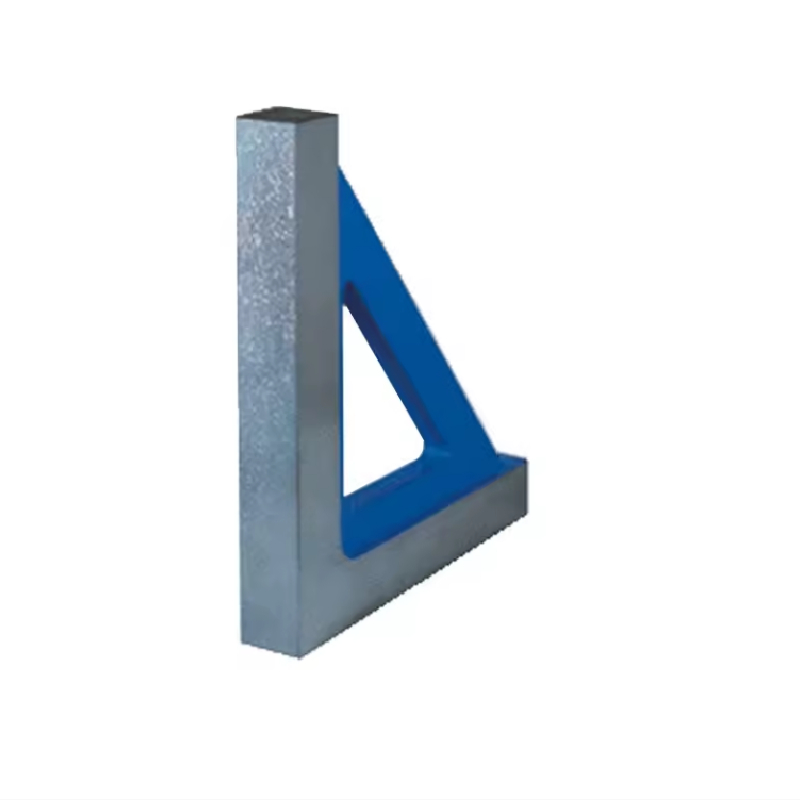okt . 14, 2024 23:32 Back to list
gate shut off valve
Understanding Gate Shut-Off Valves A Key Component in Fluid Control
Gate shut-off valves play an essential role in fluid control systems across various industries, including oil and gas, water treatment, and chemical manufacturing. These valves are primarily designed for on/off service, providing a tight seal when closed and allowing unrestricted flow when fully opened. This functionality makes them a preferred choice for applications where flow needs to be completely shut off without any obstruction in the pipeline.
Design and Mechanism
The typical design of a gate shut-off valve consists of a gate, which is a flat slab that moves perpendicular to the flow of the fluid. When the valve is opened, the gate is lifted out of the flow path, allowing fluid to pass through freely. In contrast, when the valve is closed, the gate descends and fits snugly against the seat, creating a tight seal that prevents leakage. Most gate valves operate through a handwheel mechanism connected to a stem, which raises or lowers the gate based on user input.
Advantages of Gate Shut-Off Valves
One of the primary benefits of gate shut-off valves is their low pressure drop when fully opened. This characteristic is especially important in systems where maintaining fluid velocity is crucial. Additionally, gate valves can handle a wide range of fluids, including liquids, gases, and slurries, making them versatile fixtures in many industrial applications.
gate shut off valve

Another advantage is their durability. Gate shut-off valves are generally made from robust materials, such as stainless steel, bronze, or PVC, enabling them to withstand harsh environmental conditions and corrosive substances. This durability not only enhances their lifespan but also ensures reliable performance over time.
Applications and Usage
In practice, gate shut-off valves are found in various applications, from controlling water flow in municipal systems to regulating oil and gas in pipeline operations. They are also commonly used in irrigation systems and flood control mechanisms, where the ability to quickly and completely shut off flow is critical.
However, it is important to note that gate valves are not well-suited for throttling purposes. They should not be used to regulate flow as they can cause damage to the valve and lead to significant wear over time. For applications requiring flow modulation, other valve types, such as globe or ball valves, are recommended.
Conclusion
In summary, gate shut-off valves are vital components in numerous fluid control systems, offering reliable performance and durability. Their straightforward design, combined with the ability to achieve a tight seal, makes them ideal for on/off applications. Understanding their functionality and appropriate usage can assist engineers and technicians in optimizing system performance and ensuring safe operation in various industrial environments. As technology advances, the design and materials of gate shut-off valves will likely continue to evolve, further enhancing their effectiveness and application scope.
-
Precision Manufacturing with Advanced Spline Gauge DesignNewsJul.31,2025
-
Industrial-Grade Calibrated Pin Gauges for Exact MeasurementsNewsJul.31,2025
-
Industrial Filtration Systems Depend on Quality Filter DN50 SolutionsNewsJul.31,2025
-
High-Performance Gate Valve WholesaleNewsJul.31,2025
-
Granite Surface Plate The Ultimate Solution for Precision MeasurementNewsJul.31,2025
-
Granite Industrial Tools The Ultimate Guide for Bulk BuyersNewsJul.31,2025
Related PRODUCTS









